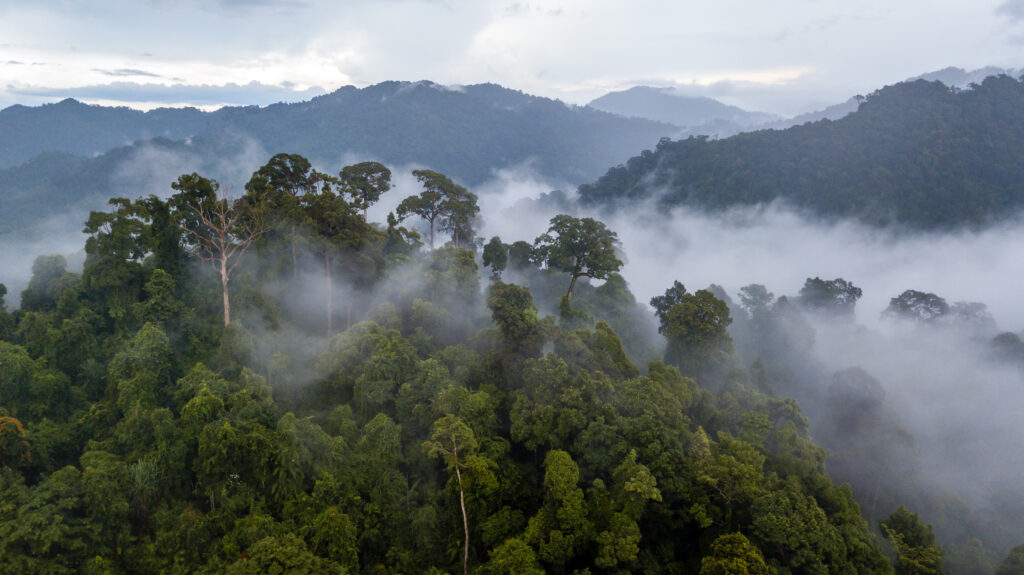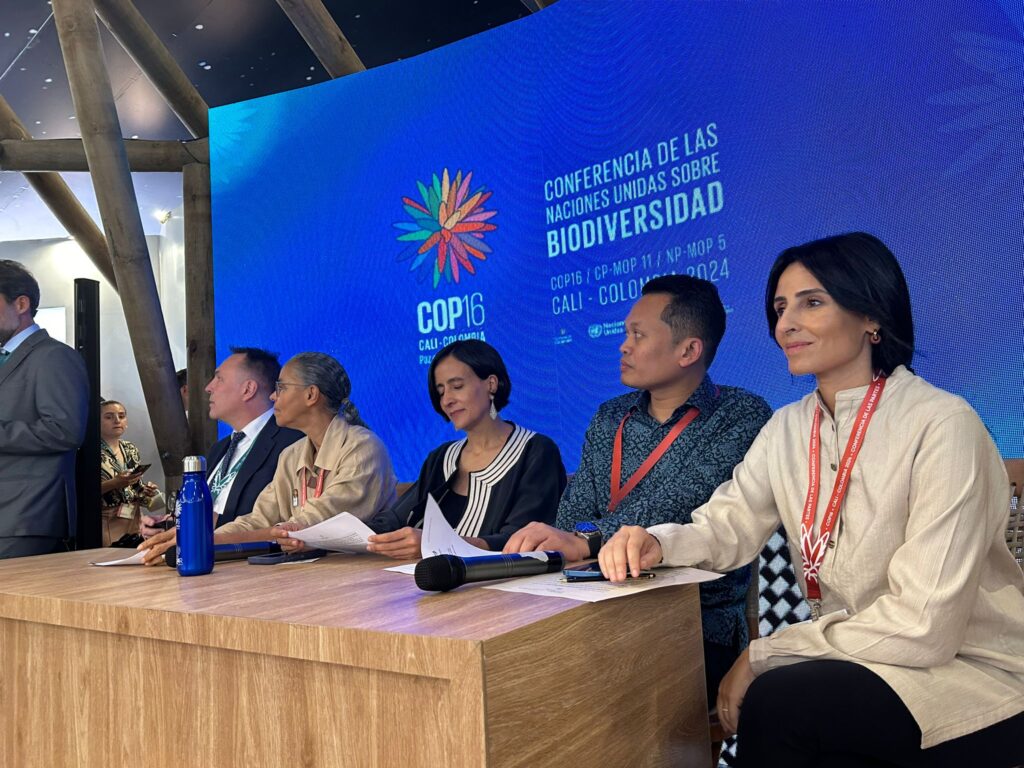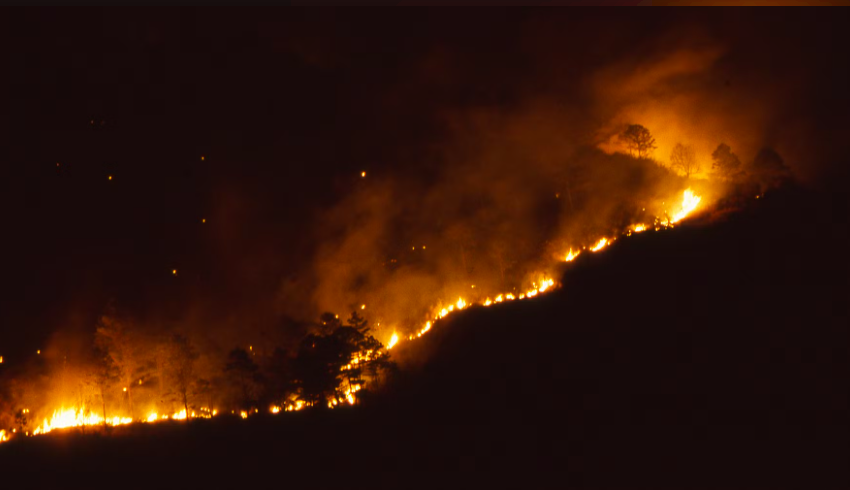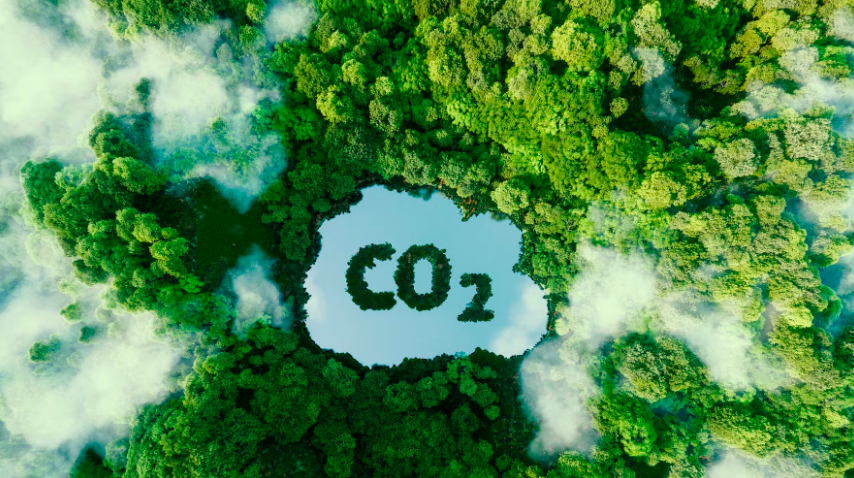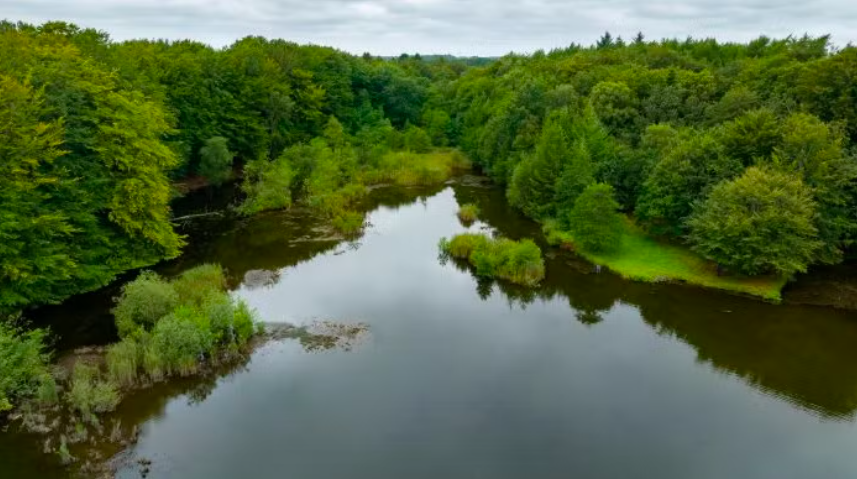
Kraruplund Skov Redeemed by Forest Certificates
You may be familiar with our rainforest certificates, which support the rainforest and indigenous peoples. But did you know that Forests of the World is also involved in acquiring forest areas in Denmark through our forest certificates, with the aim of creating wilder and more diverse forest nature right here at home? Kraruplund Forest is the fifth forest that Forests of the World and the Danish Nature Fund have helped to acquire, thanks to the many Danes who have purchased our forest certificates.
Denmark’s forests, which once were home to rich and diverse nature, are now suffering from a drastic loss of animal and plant species. Many species are either on the red list or have already disappeared. Even several of our native tree species are now rare in Danish forests.
Denmark’s forests, which once were home to rich and diverse nature, are now suffering from a drastic loss of animal and plant species. Many species are either on the red list or have already disappeared. Even several of our native tree species are now rare in Danish forests.
To address this decline, Forests of the World has partnered with the Danish Nature Fund to support the purchase of forest areas using funds from the sale of our forest certificates. The latest addition is Kraruplund Forest, which was acquired at the end of 2023. Located between Varde and Grindsted, the forest is a beautiful deciduous woodland with many ancient trees and meandering streams. It has great potential to become an even wilder forest, rich in plant and animal species.
Pil Christensen, political adviser at Forests of the World, comments on the purchase: “We are extremely pleased to have contributed to another forest acquisition through the sale of our forest certificates. Nature and biodiversity thrive best when we leave it undisturbed. That’s why it’s so positive that yet another forest will be allowed to grow old and wild, completely untouched.”
The forest also acts as a barrier along the stream that runs through the area, helping to prevent excess nitrogen from agriculture from seeping into the stream and causing oxygen depletion. In the forest, you may be lucky enough to encounter species such as ravens, stock doves, and green woodpeckers, while the beautiful kingfisher lives by the stream.
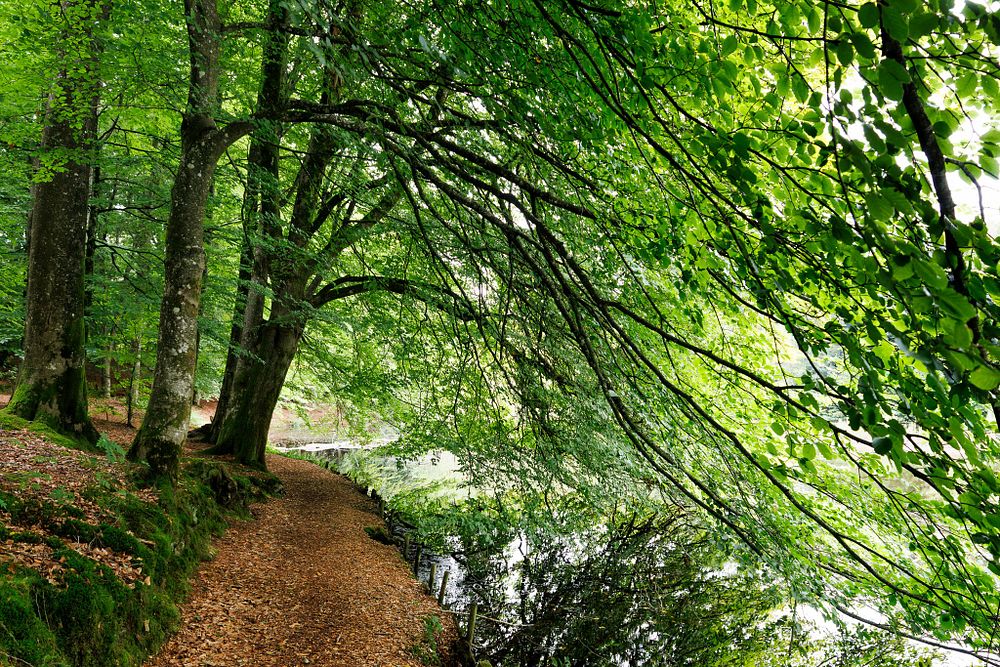
Kraruplund Forest. Photo: Jesper Edvardsen / The Danish Nature Fund
Five Free Forests
Kraruplund Forest is the fifth in a series of forest areas that Forests of the World has helped to purchase. In 2022, investments were made in additional natural areas on Funen with Hesbjerg Forest, where 170 hectares are now allowed to develop into wild forest nature with ancient and twisted trees, and in Vejle Ådal with Engelsholm Sønderskov on 50 hectares. Lerbjerg Forest in Lejre Municipality was added to the list in 2021 and is home to endangered species such as the hazel dormouse and rare butterflies.
The purchase of Frejlev Forest on Lolland in 2020 ensured the preservation of one of Denmark’s most important forests. It has been identified as a forest with unique biodiversity or natural values in Denmark. Forests of the World has helped to buy 20 hectares of the forest, which is now free from logging.
Once, Denmark was home to a landscape rich in wild forest nature. It was a mixed forest with old “ruin trees” that, in death, made space for life in all forms and sizes—clearings, flowering bushes, and swamps. It was a varied ecosystem where large plant-eaters like cattle and horses grazed on the vegetation, and a wide variety of trees and shrubs thrived, creating room for nature’s diversity.
Today, that’s no longer the case. Most of our forests are, broadly speaking, uniform timber plantations, where many trees of the same species and age are often planted in long, straight rows. “Many of the production forests are virtually devoid of biodiversity and endangered species. Instead, we see monotonous nature with uniform flora and fauna,” explains Pil Christensen. She continues: “What we need is to restore the untouched forest nature so that we can once again have wild forests, rich in life, and home to a diversity of animals and plants.”
Sometimes, forests need a helping hand to make the transition to a rich, wild forest easier. For instance, it may be necessary to remove some trees if the forest consists of dense conifer plantations, creating space for a natural woodland landscape to emerge. There may also be ditches that need to be filled in to restore a natural water environment in the forest, as it was before the ditches were dug. This could allow natural lakes or swamps to become part of the woodland landscape again, along with all the species that thrive in these habitats
Buy a Forest Certificate and Support Wilder, Untouched Forest Nature in Denmark
You can help create more wild forest nature in Denmark: With a forest certificate, you contribute to the purchase of Danish forests, giving them a new chance for a varied ecosystem where many endangered species can thrive again. Purchase your forest certificate here.
You can read more about our forest certificates and our efforts to promote untouched forests in Denmark here.
We also encourage you to visit and experience these beautiful forests. Although they are untouched, you are still welcome to roam and enjoy the nature.
Press contact
Jonas Schmidt Hansen
Who is Forests of the World?
We work to preserve the world’s forests, both in Denmark and the world’s tropical forests.Our focus areas include sustainability, Indigenous Peoples and local engagement.
